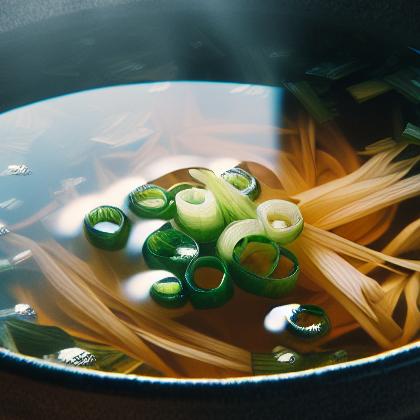Showing results for 'Miso'
close
Miso

Miso is a traditional Japanese seasoning produced by fermenting soybeans with salt and the fungus Aspergillus oryzae, known in Japanese as kōji , and sometimes rice, barley, or other ingredients. The result is a thick paste used for sauces and spreads, pickling vegetables or meats, and mixing with dashi soup stock to serve as miso soup called misoshiru , a Japanese culinary staple. High in protein and rich in vitamins and minerals, miso played an important nutritional role in feudal Japan. Miso is still widely used in Japan, both in traditional and modern cooking, and has been gaining worldwide interest.
Miso Properties:
| Food Property | Type | Description |
|---|---|---|
| Flavor Profile | Umami | Miso has a rich and savory umami taste due to the fermentation process of soybeans and grains. |
| Texture | Graininess | Miso paste has a slightly grainy texture due to the presence of fermented soybeans. |
| Nutritional Value | Macronutrients | Miso is a good source of proteins and carbohydrates, making it a nutritious food. |
| Micronutrients | Miso contains various micronutrients such as vitamins and minerals, including vitamin K, manganese, and zinc. | |
| Fiber | Miso is a good source of dietary fiber, which is beneficial for digestion and gut health. | |
| Aroma | Fermentation | Miso has a distinct aroma of fermentation, adding depth and complexity to its flavor profile. |
Food Pairing App - Version 1.2.0
